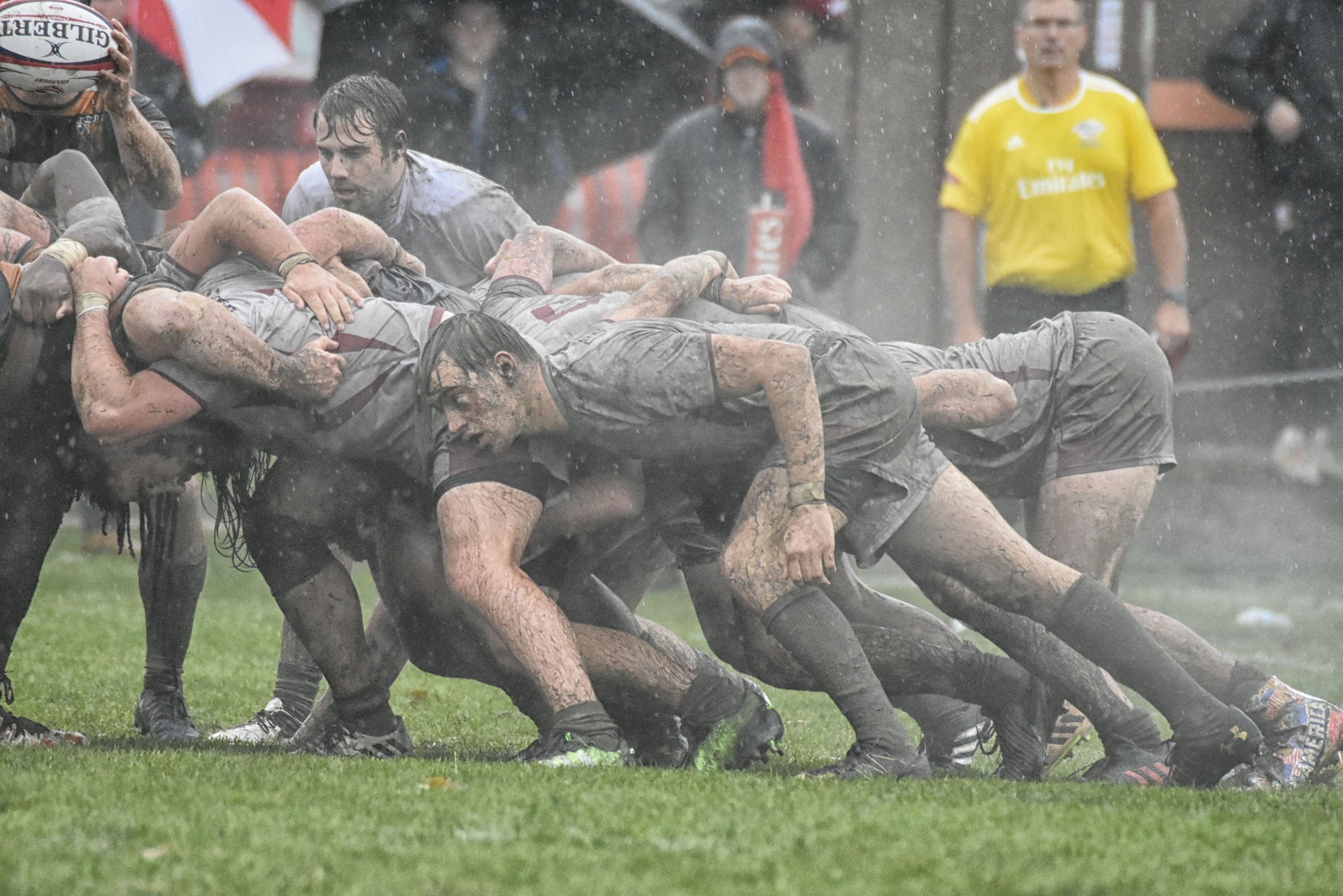
Boston, US – Global academic research is more frequently confirming ex-rugby players are twice as likely to develop dementia.
Over 600 chronic traumatic encephalopathy (CTE) cases have been published in the literature from multiple international research groups, Boston University School of Medicine says.
Contact and collision sports have produced traumatic brain injuries CTE in American, Canadian and Australian football, rugby union, rugby league, soccer, ice hockey, bull-riding, wrestling, mixed-martial arts and boxing.
Former All Black prop Carl Hayman says he is living with dementia, while former Welsh Dafydd James says he has early onset dementia. The 47-year-old Welshman has joined a lawsuit against World Rugby, along with hundreds of other concerned players. Another ex-All Black, Geoff Old, believes his brain injuries stem from his playing days.
During the past 17 years, there has been a remarkable increase in scientific research concerning CTE with researchers at the Boston University CTE Centre at the forefront.
CTE is a progressive and fatal brain disease associated with repeated traumatic brain injuries (TBIs), including concussions and repeated blows to the head. It is also associated with the development of dementia.
While some sports organisations such as US National Hockey League and World Rugby still claim their sports do not cause CTE, a new review by Boston of the evidence by the world’s leading CTE expert strengthens the case that repetitive head impact exposure is the chief risk factor for the condition.
CTE became national news in the United States in 2007, but it wasn’t until 2016 that the National Institute of Neurological Disorders and Stroke / National Institute of Biomedical Imaging and Bioengineering criteria for the neuropathological diagnosis of CTE were published. They were refined in 2021.
Rare, isolated case studies reporting aberrant findings or using non-accepted diagnostic criteria have been disproportionately emphasised to cast doubt on the connection between repetitive head impact exposure and CTE.
In a review article in the journal Acta Neuropathologica, Dr Ann McKee, chief of neuropathology at VA Boston Healthcare System and director of the BU CTE Centre, says now, more than 600 CTE cases have been published in the literature from multiple international research groups.
And of those 600 plus cases, 97 percent have confirmed exposure to repetitive head impact exposure, primarily through contact and collision sports.
According to the researchers, despite global efforts to find CTE in the absence of contact sport participation or RHI exposure, it appears to be extraordinarily rare, if it exists at all.
In studies of community brain banks, CTE has been seen in 0 to 3 percent of cases, and where the information is available, positive cases were exposed to brain injuries or repetitive head impact exposure.
In contrast, CTE is the most common neurodegenerative disease diagnosis in contact and collision sport athletes in brain banks around the world. A strong dose response relationship is perhaps the strongest evidence that repetitive head impact exposure is causing CTE in athletes.

